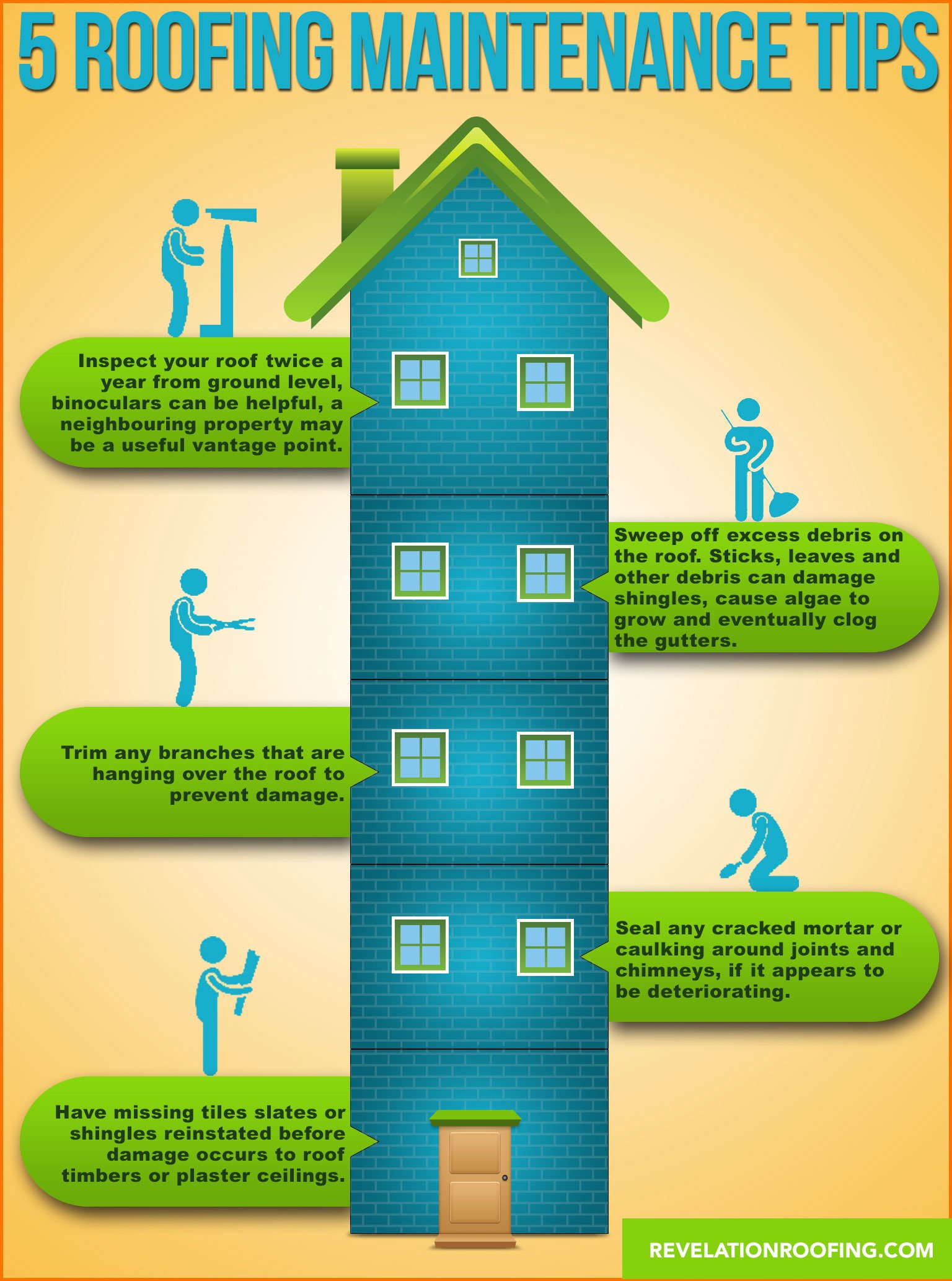Investigating The Costs Of Solar Power Systems: Is It A Noise Investment Choice?
Investigating The Costs Of Solar Power Systems: Is It A Noise Investment Choice?
Blog Article
Web Content Created By-Martinussen Potts
When considering the costs of solar installment, you could wonder about the upfront financial investment called for and whether it straightens with the prospective long-lasting advantages. Comprehending the ins and outs of these expenditures and the different elements influencing the general return can shed light on the worth recommendation of transitioning to solar power. By examining both the first setup prices and the forecasted financial savings gradually, you can get understanding into whether the investment in solar installation holds pledge for your monetary future.
Initial Configuration Costs
When thinking about the expenses of solar setup, the first configuration expenditures play a critical duty in your decision-making process. These upfront prices include the price of photovoltaic panels, inverters, installing tools, and installation labor.
The cost of photovoltaic panels can differ depending upon the brand name, performance, and size you choose. Inverters are crucial for transforming the sunlight's energy into functional power and be available in various kinds such as string inverters, microinverters, and power optimizers, each with its own expense implications.
Installing tools, such as racks and rails, is essential to firmly install photovoltaic panels on your roofing or residential property.
The installation labor price covers the professional setup of the solar system, guaranteeing that whatever is set up appropriately and successfully. Bear in mind that while these initial configuration expenses might appear high, there are often rebates, tax obligation incentives, and financing choices available to help counter the expenses and make solar setup more budget friendly in the long run.
Long-Term Financial Savings Analysis
To understand the economic benefits of solar installation gradually, it's crucial to conduct a detailed long-term financial savings analysis. While https://www.washingtonpost.com/home/2021/10/03/installing-solar-panels-on-your-home/ of photovoltaic panels may appear complicated, the long-lasting cost savings can exceed these costs substantially. By harnessing the power of the sun to produce power for your home, you can potentially save thousands of bucks on your utility expenses over the lifespan of your solar system.
Among the essential elements to consider in a long-lasting financial savings analysis is the reduction in your electrical energy expenses. With solar panels, you can generate your power, reducing or perhaps removing your dependence on the grid. This can result in substantial financial savings, especially as energy rates continue to increase.
Additionally, numerous governments supply incentives such as tax obligation credits and refunds for setting up photovoltaic panels, further improving your lasting financial savings. By benefiting from these motivations and maximizing your solar energy manufacturing, you can enjoy considerable financial benefits for several years to come.
Roi Computation
Considering the monetary benefits of solar setup, it's time to assess the Return on Investment (ROI) computation. Determining https://bestresidentialsolarpanel65319.blogripley.com/30853754/check-out-how-the-facility-relationship-in-between-expenditures-and-ecological-results-can-disclose-the-complete-abilities-of-solar-energy-in-comparison-to-standard-power-resources entails comparing the total prices of mounting a solar system with the economic benefits it generates over its life expectancy.
To determine ROI, divide the internet benefit from the system by the total investment expense and increase by 100 to get a percentage. The ROI formula is: (Web Earnings/ Overall Financial Investment Expense) x 100.
For example, if the total cost of installing a planetary system is $20,000, and over its life-span, it creates financial savings and earnings completing $30,000, the web earnings would certainly be $10,000. Dividing this by the complete investment price of $20,000 offers a ratio of 0.5. Increasing this by 100 offers an ROI of 50%.
Normally, a higher ROI indicates an extra financially satisfying financial investment. Factors like government motivations, maintenance costs, and energy rate changes can impact the ROI of solar installments. Understanding the ROI assists in evaluating whether buying solar power deserves it in the long run.
Final thought
In conclusion, comprehending the costs of solar installation is crucial for identifying if it is worth the financial investment. By taking into consideration first setup costs, carrying out a lasting savings evaluation, and determining the return on investment, you can make an informed decision about the monetary worth of solar energy. With the possibility for reduced energy costs and boosted power self-reliance, investing in solar installation can be a wise choice for both your wallet and the setting.
